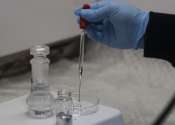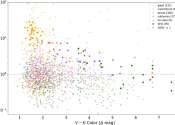New self-powered electrostatic tweezer enhances object manipulation and microfluidics
In a study published in Device has reported a new self-powered electrostatic tweezer that offers superior accumulation and tunability of triboelectric charges, enabling unprecedented flexibility and adaptability for manipulating ...









